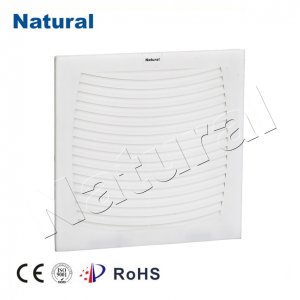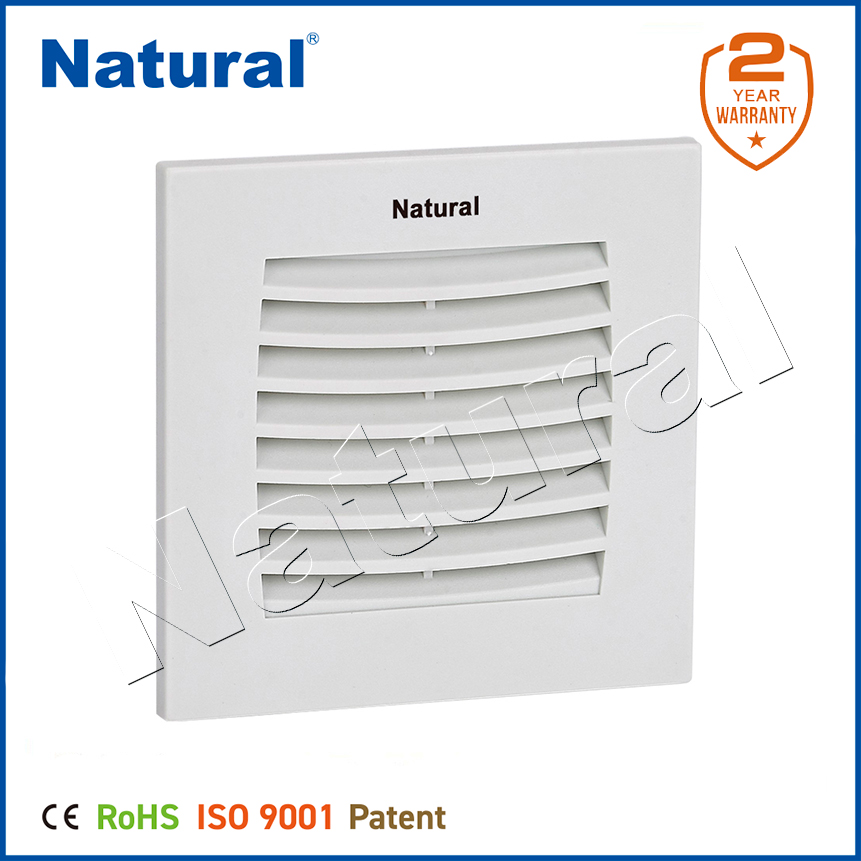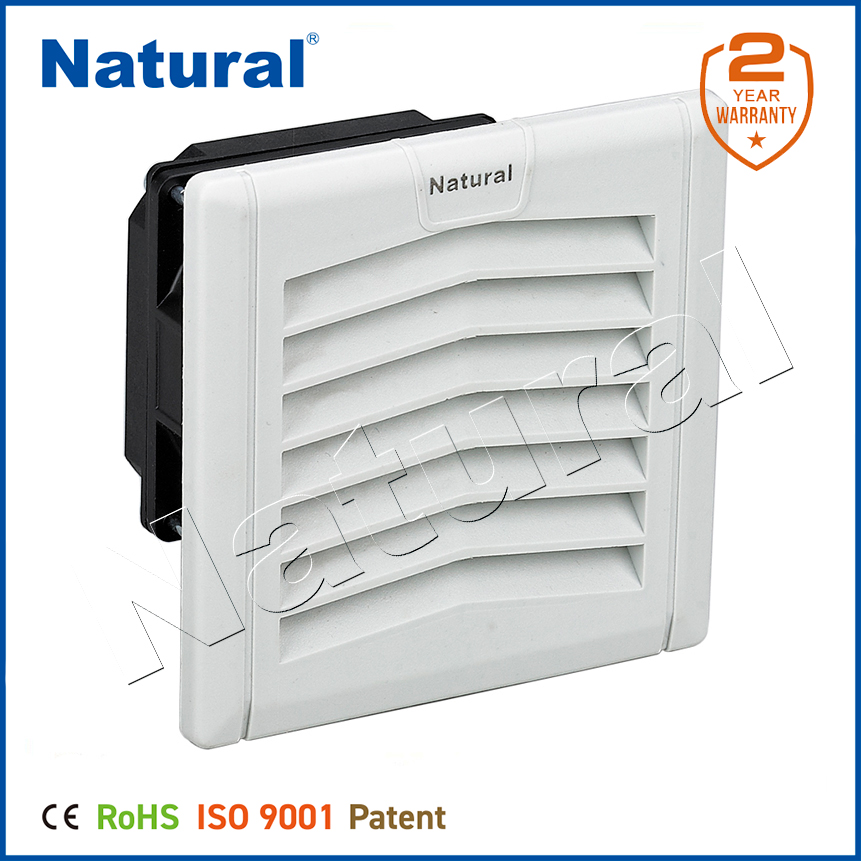In modern buildings, ensuring clean air quality is essential for the health and well-being of occupants. One of the most effective ways to achieve this is through the integration of a fan air system ventilation combined with a HEPA (High-Efficiency Particulate Air) filter. These systems play a crucial role in removing harmful particles, pollutants, and allergens from the air, offering a high level of filtration to ensure that the air circulating within a building is free from contaminants. This article explores the functionality, benefits, and significance of fan air system ventilation with HEPA filters in maintaining indoor air quality.

Understanding Fan Air System Ventilation with HEPA Filters

A fan air system ventilation (FASV) refers to an air handling system designed to distribute and circulate air throughout a building. The system typically includes fans that push air through ducts, ensuring that each room receives a consistent flow of fresh air. In the context of ensuring high air quality, a FASV system is often paired with advanced filtration systems like HEPA filters, which are designed to capture particles as small as 0.3 microns with 99.97% efficiency. HEPA filters are made of a dense mesh of fibers that trap a wide variety of airborne particles, such as dust, pollen, mold spores, bacteria, and even viruses. When incorporated into a fan air system, these filters prevent harmful particles from recirculating into the living or working space, making the environment healthier and safer.
